Is a Bulge in Your Diaphragm a Sign of Hiatal Hernia? Discover Treatment Options
A hiatal hernia occurs when part of the stomach bulges upward through an opening in the diaphragm, causing several signs like heartburn, acid reflux, and chest pain. While it may appear as if it is a trivial thing, hiatal hernia can have a significant influence on one’s day-to-day existence and total well-being.
What is Hiatal Hernia?
A hiatal hernia occurs when part of the stomach pushes up through the diaphragm, a muscular wall that separates the chest and abdomen. This often happens at the esophageal hiatus, the opening in the diaphragm where the esophagus passes through to connect to the stomach. In general, hernia refers to any organ or tissue pushing through some weak spot in the surrounding muscle or tissue, with hiatal hernias being among the most common types. Over time, stress and strain can enlarge this opening, often leading to gradual development of the condition over several years.
Hiatal Hernia Types
Two primary types exist: sliding hiatal hernia and paraesophageal hiatal hernia. The majority of people have the sliding kind, which is classified as type 1. All the other three types are paraesophageal.
- Type 1: Type 1—also known as sliding hiatal hernia—is by far the most common type, accounting for 95% of all hiatal hernias. The part of the esophagus that connects with the stomach slides up and down through the enlarged hiatus sometimes.
- Type 2: In type 2, the upper part of the stomach pushes its way up through the hiatus next to the esophagus and forms a bulge beside it; this is sometimes called a rolling hiatal hernia.
- Type 3: Type 3 is a fusion of the first two types, with some stomach portions protruding from gastroesophageal junctions and some portions going up through the hiatus.
- Type 4: Type 4 hernias are rare but complex, involving the stomach and other abdominal organs such as the intestines, pancreas, or spleen. Here in these cases, two separate organs can herniate themselves out through the hiatus.
Hiatal Hernia Symptoms
Most people with sliding hiatal hernias do not experience symptoms, and unlike other types, there is no visible bulge. Small hernias usually go unnoticed, while larger ones can cause significant symptoms, such as:
- Heartburn: Burning sensation in the chest, especially after eating.
- Indigestion: Feeling full soon after eating with burning abdominal pain.
- Noncardiac chest pain: Recurring chest pain.
- Burping and regurgitation: Food, gas, and acid rise back into the throat.
- Difficulty swallowing.
- Sore throat and hoarseness.
- Other signs include nausea, shortness of breath, pressure, or pain in the upper abdomen or lower chest.
Experiencing Hiatal Hernia Symptoms!
Hiatal Hernia Causes
Usually, one can’t say the exact cause of the hiatal hernia. However, some of the risk factors that might lead to hiatal hernia are:
- Being born with a larger hiatal opening
- Chronic coughing or sneezing
- Injury to the area
- Age greater than 50
- Chronic constipation
- Chronic obesity
- Frequent vomiting
- Pregnancy and childbirth
- Intense exercise or heavy lifting
Complications of Hiatal Hernia
Chronic acid reflux is a common complication caused by hiatal hernias. In the long run, untreated chronic acid reflux may damage the esophagus due to serious and uncontrolled medication. Nevertheless, most hiatal hernias do not result in grave complications, but some individuals might experience the following complications due to chronic acid reflux:
- Esophagitis: Inflammation of the esophagus, often caused by acid reflux.
- Stricture: Narrowing of the esophagus, making swallowing difficult.
- Barrett’s Esophagus: A precancerous condition in the esophagus lining if chronic acid reflux is untreated.
In some rare conditions, hiatal hernia might cause complications such as:
- Volvulus: A rare condition where the stomach twists, cutting off blood supply.
- Aspiration: Stomach contents flow back into the lungs, causing choking or pneumonia.
- Gastrointestinal obstruction: The stomach or organ may get stuck or compressed in hiatus.
- Gastritis: Trapped acid in a herniated stomach can cause inflammation, ulcers, and bleeding.
- Ischemia: Hernia’s tight compression can cause organ inflammation, pain, and tissue death.
Don’t let hiatal hernia discomfort control you.
Hiatal Hernia Diagnosis
In general, images of the esophagus and stomach are used to identify hiatal hernias, often discovered accidentally while searching for other conditions. The common diagnostic tests that are performed in order to identify hiatal hernias are:
- Chest X-ray: This is an imaging study done using radiation that takes still black-and-white pictures of the inside of the chest cavity, where the esophagus is located.
- Upper endoscopy: An upper endoscopy is done using a thin camera attached to a long tube that goes through the mouth into the stomach and up into the esophagus; it displays live images on a screen.
- Esophagram: An esophagram is basically a sort of video X-ray showing how one swallows with the aid of esophageal combustion. When one swallows, it takes real-time video inside your esophagus.
- Esophageal manometry: This test uses a catheter placed in the esophagus that measures cell pressure levels. The information collected from this test is then put together into a topographical pressure map.
- pH test: This test measures the acid levels in the esophagus.
Hiatal Hernia Treatment
Typically, individuals do not recognize signs of a hiatal hernia, and in most of the cases, hernias do not require treatment.
The physician will determine the most appropriate long-term treatment option depending on the type of hernia and reflux as well as their symptoms. Some of the treatment choices include:
- Waitful watch: It is possible that one doesn’t require any kind of therapy for the hernia in most of the cases. Over time, if the hernia becomes larger, the doctor might suggest advanced approaches.
- Medication therapy: Medications such as antacids, proton pump inhibitors, or H-2 blockers and prokinetics can facilitate muscle movements in the esophagus and help reduce the amount of acid present in your stomach, making them less uncomfortable than before.
- Surgery: Hernia repair surgery is recommended when prevention is impossible with drugs.
- To mend hernias and refluxes, surgeons pull back the stomach and lower esophagus beneath the diaphragm, stitch the defect in the diaphragm, and tighten the connection between the stomach and esophagus. This procedure, known as fundoplication, entails encircling the fundus around the lower esophagus and securing it with surgical staples or stitches, thereby strengthening the muscle that regulates lower food passage.
- While the laparoscopic surgery for hiatal hernia is performed through small incisions made in the abdomen that allow for internal visualization by means of a televised display screen. Compared to its conventional counterparts, this procedure requires fewer incisions, presents a lesser danger of infection, causes less postoperative pain and scarring, and ensures quick recuperation from operations. A television monitor displays the pictures taken by the doctor’s device. And the robotic surgery, which is similar to laparoscopic surgery but uses robotic arms, outperforms the procedure.
Have a medical concern that’s worrying you?
Recovery from Hiatal Hernia
Depending on the situation and the kind of surgery one had, one may need to stay in the hospital for 1-2 days. Typically, laparoscopic surgery or robotic surgery allows for quicker recovery after hernia repair. This is due to smaller keyhole incisions as opposed to larger cuts for an “open” operation. However, there are instances that require more complex “open” surgeries.
The home recovery will take 2–6 weeks after leaving the hospital. During this slot, the physician will recommend a diet of liquids first and then soft food until one can finally regain a solid diet.
Conclusion
To make life easier, it is important to know what instances lead to hiatal hernias and how they can be treated. Professional consultation is important in order to ensure appropriate diagnosis and treatment; this is because relieving the symptoms would ultimately enhance one’s situation and quality of life generally. A well-thought-out approach always leads to the alleviation of symptoms as well as a better life overall.
At Yashoda Hospitals, our highly qualified gastroenterologists, medical staff, and cutting-edge practices ensure that patients receive the best medical care, enabling them to achieve the best possible treatment outcomes. And also, hernias are treated with a minimally invasive surgical approach, requiring only a 45-minute procedure and allowing same-day discharge.
Have any questions or concerns about your health? We’re here to help! Call us at +919513262681 for expert advice and support.
References:
- https://www.ncbi.nlm.nih.gov/books/NBK562200/
- https://www.webmd.com/digestive-disorders/hiatal-hernia
- https://www.mayoclinic.org/diseases-conditions/hiatal-hernia/symptoms-causes/syc-20373379#:~:text=A%20hiatal%20hernia%20occurs%20when,the%20abdomen%20and%20the%20chest.
- https://www.hopkinsmedicine.org/health/conditions-and-diseases/hernias/hiatal-hernia
- https://www.healthline.com/health/hiatal-hernia#diagnosis
Dr. N. Ravisankar Reddy
About Author –

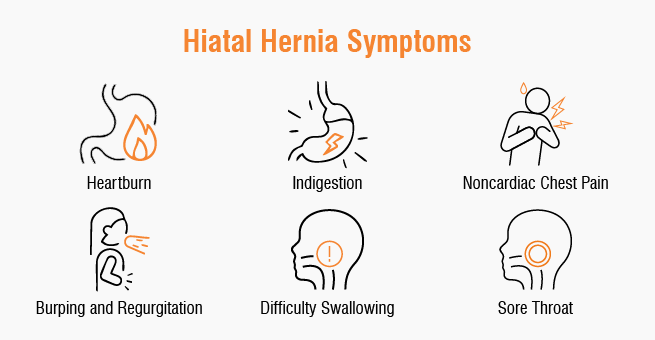
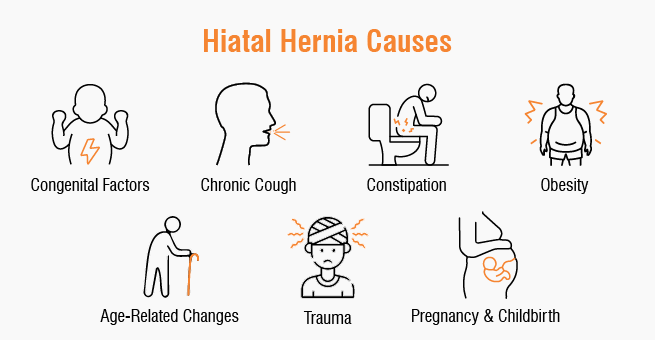
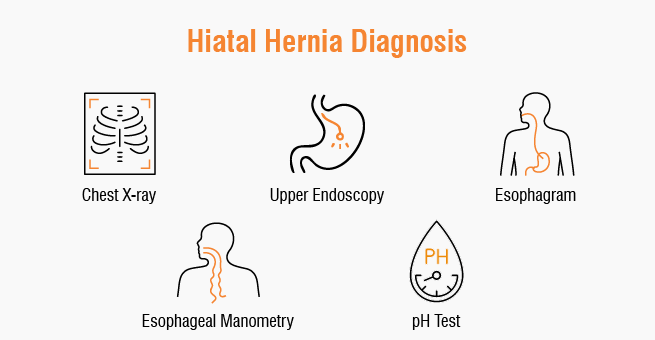

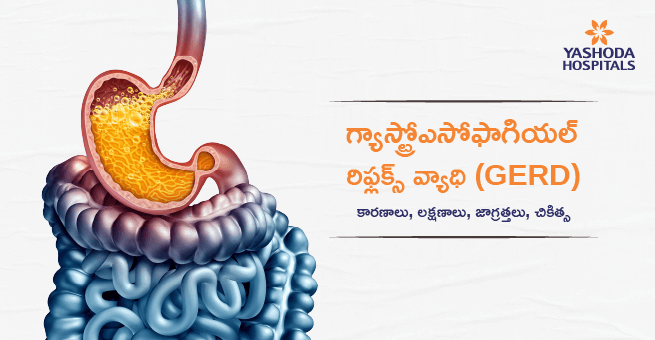
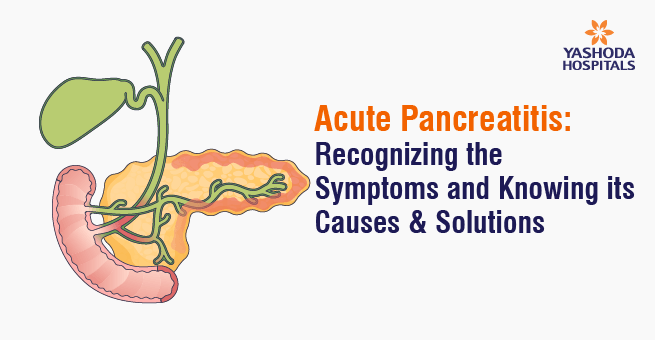
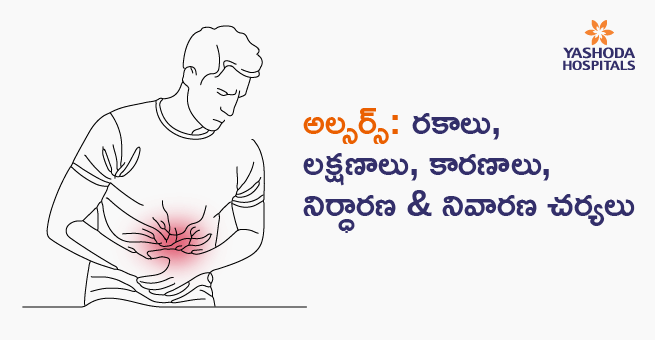
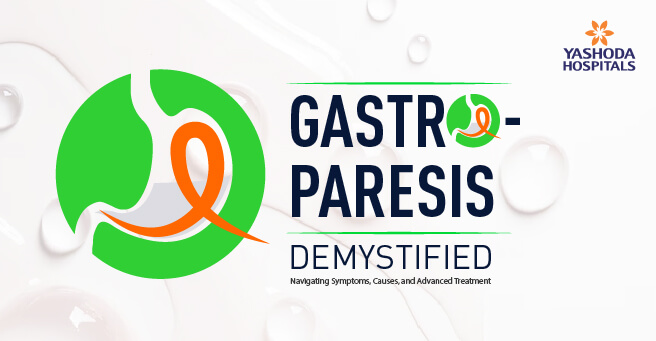
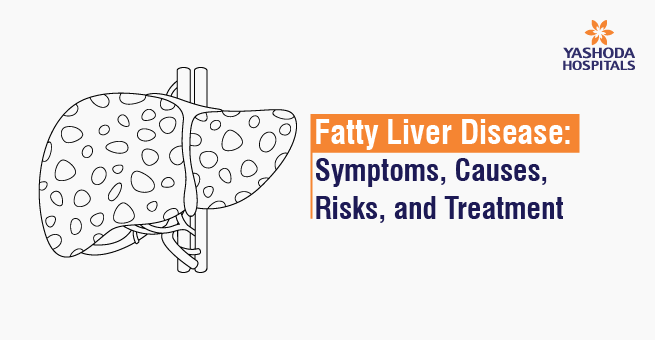




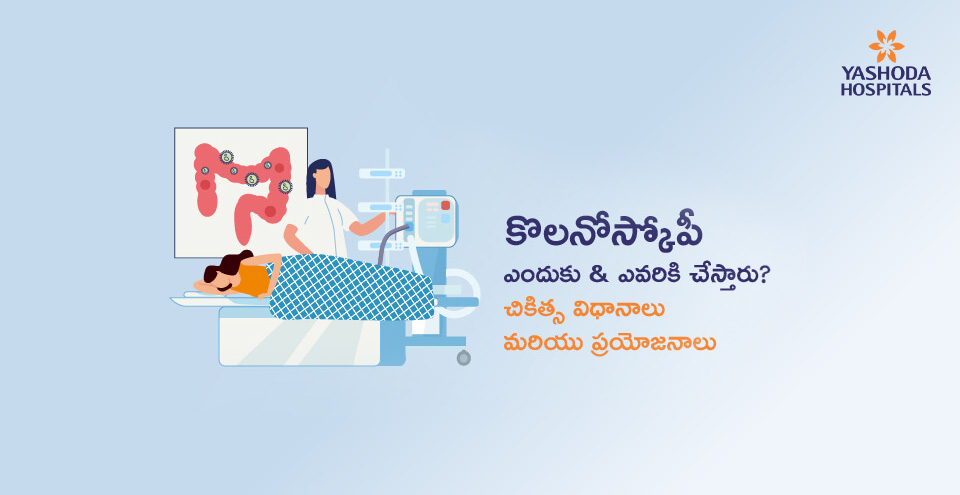
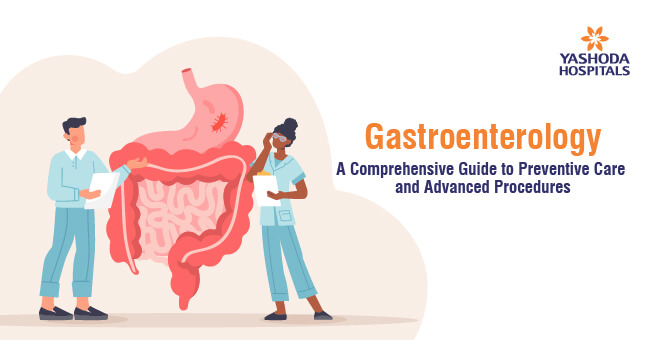






 Appointment
Appointment WhatsApp
WhatsApp Call
Call More
More

